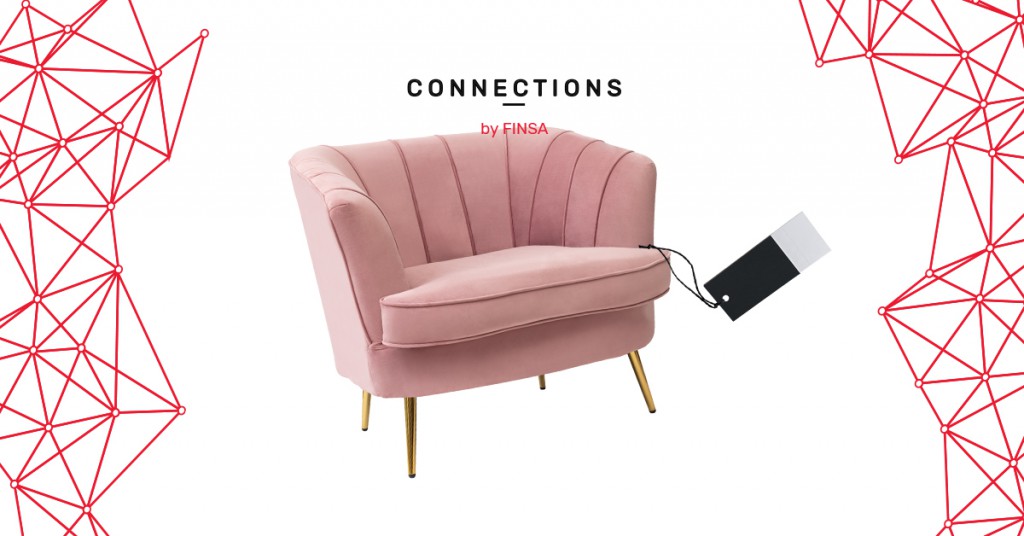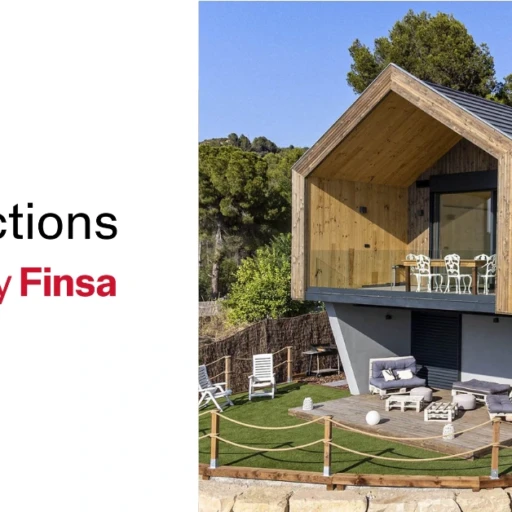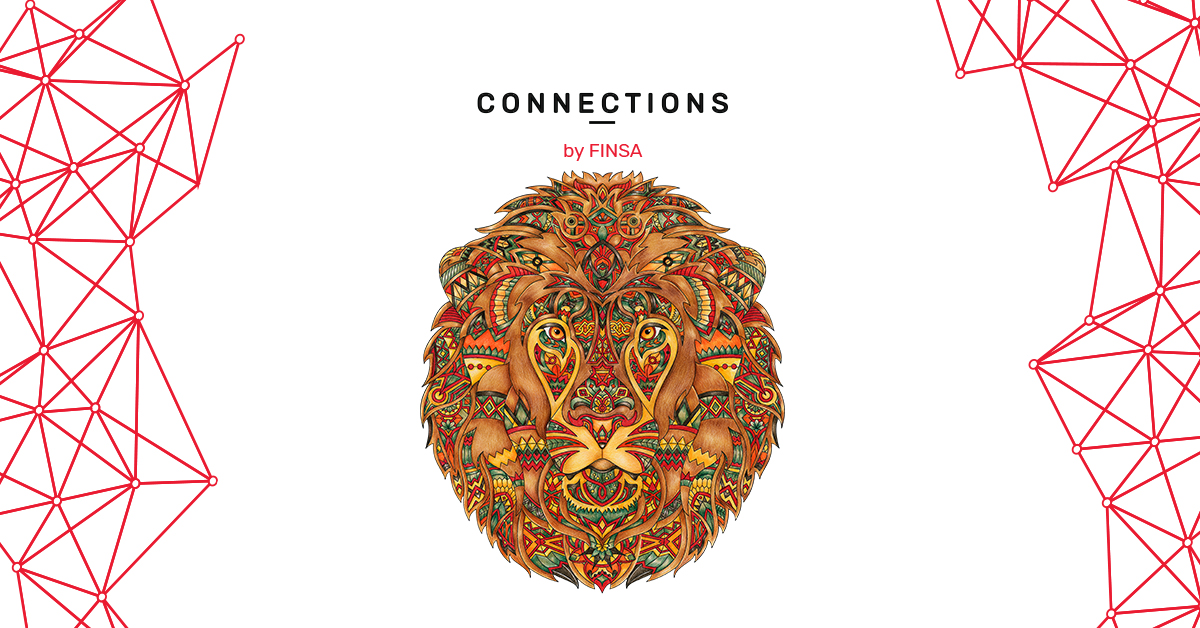Want a new couch? What’s going to happen to that desk that’s too big for your new place? Furniture rental has arrived and it’s here to stay. New lifestyles, innovative workplaces, and minimising environmental damage are just three of the reasons behind the success of this new trend.
The report Circular Economy Opportunities in the Furniture Sector states that 10 million tonnes of furniture enter the European market each year and about the same amount is thrown away. Between 80% and 90% of this furniture ends up in council tips and incinerators. This kind of wastage makes it difficult to transition to a circular economy and reach zero net carbon emissions.
For these reasons, furniture rental seems like a great solution for some of the problems in the sector. In addition, according to the same study, furniture restoration creates 157,000 new jobs every year and prevents six million tonnes of CO2 from entering the atmosphere.

How does furniture rental work?
Furniture rental is basically a subscription. Companies like John Lewis and IKEA have launched their own rental services that allow the user to choose a piece or several pieces to use for the number of months specified in the contract. At the end of this period, they can choose to buy the pieces they have been using or to return them. If they choose the latter, the company restores the furniture so that it can be used again by someone else.
One of the main reasons for the huge rise in the number of furniture rental services is the millennial generation’s way of life. For them, renting isn’t a waste of money. They are also very pragmatic, preferring to live in the moment and pursue new opportunities. An article in El Economista noted that “34% of people aged between 30 and 40 are renting and, by 2025, this will likely reach 40.33%”. Many young people can’t afford to buy a home because they can’t save up a deposit or get a mortgage.

The advantages of furniture rental
Sustainability, affordability, and flexibility are the main advantages of furniture rental. Despite the fact that the pieces are usually thrown out after a short period of time, the manufacture of ‘fast furniture’ requires a lot of resources, including huge amounts of energy, water, and labour. On the other hand, reusing and repairing furniture means a more sustainable use of resources in addition to contributing to the circular economy. With this in mind, IKEA has promised to reduce its carbon footprint and become a circular company by 2030.

When it comes to affordability, it’s cheaper for the user to rent furniture than buy it. It’s also better for the company because they can reuse materials and repair merchandise in order to resell it.
Flexibility is another key factor behind the success of furniture rental because it gives the user more freedom when it comes to choosing pieces for their home. Renting adapts to the needs of subscribers in almost real time, allowing them to update their furniture and the rooms in the home without having to commit to anything long-term.
It might seem like this approach wouldn’t be appealing to higher-end brands, but this system allows more people to enjoy well-designed furniture for less and always have access to new styles and trends.
The company philosophy of Harth is a great example of these three advantages coming together: “We want to provide customers with access to high quality furniture at affordable prices, and to keep well-made design in circulation and out of landfill. We want to help our customers reduce costs, waste and their carbon footprint, while keeping their homes and businesses inspiring, on-trend, and meaningful”.
Ver esta publicación en Instagram
The ‘work as a service’ model: new workspaces
The pandemic was a turning point for the success in the rental furniture market, as it saw more and more people working from home and the subsequent growing need to be able to turnspaces in our homes into improvised offices. In this previous article by Connections by Finsa, you can learn more about the impact of this change on the way we work. In fact, we’ve been talking about the fluid office and new flexible workspaces for a while, including coworking spaces that incidentally also use furniture rental.
Finnish company Martela rents furniture to offices as well as to staff working remotely. Their website offers the following description of Workplace as a Service (WaaS): “The WaaS model enables the organisation to pay a monthly fee only for what it genuinely needs, which means that the problems related to owning furniture do not exist. This way the workplace will always meet current requirements and goals”.
Ver esta publicación en Instagram
Our homes, workplaces, tastes, and needs change over our lifetime. This is why furniture rental is becoming more popular and why it could soon become mainstream.
Are you interested in furniture rental? Which types of projects do you think it would be useful for? Share your ideas with us on social media using #ConnectionsByFinsa.



